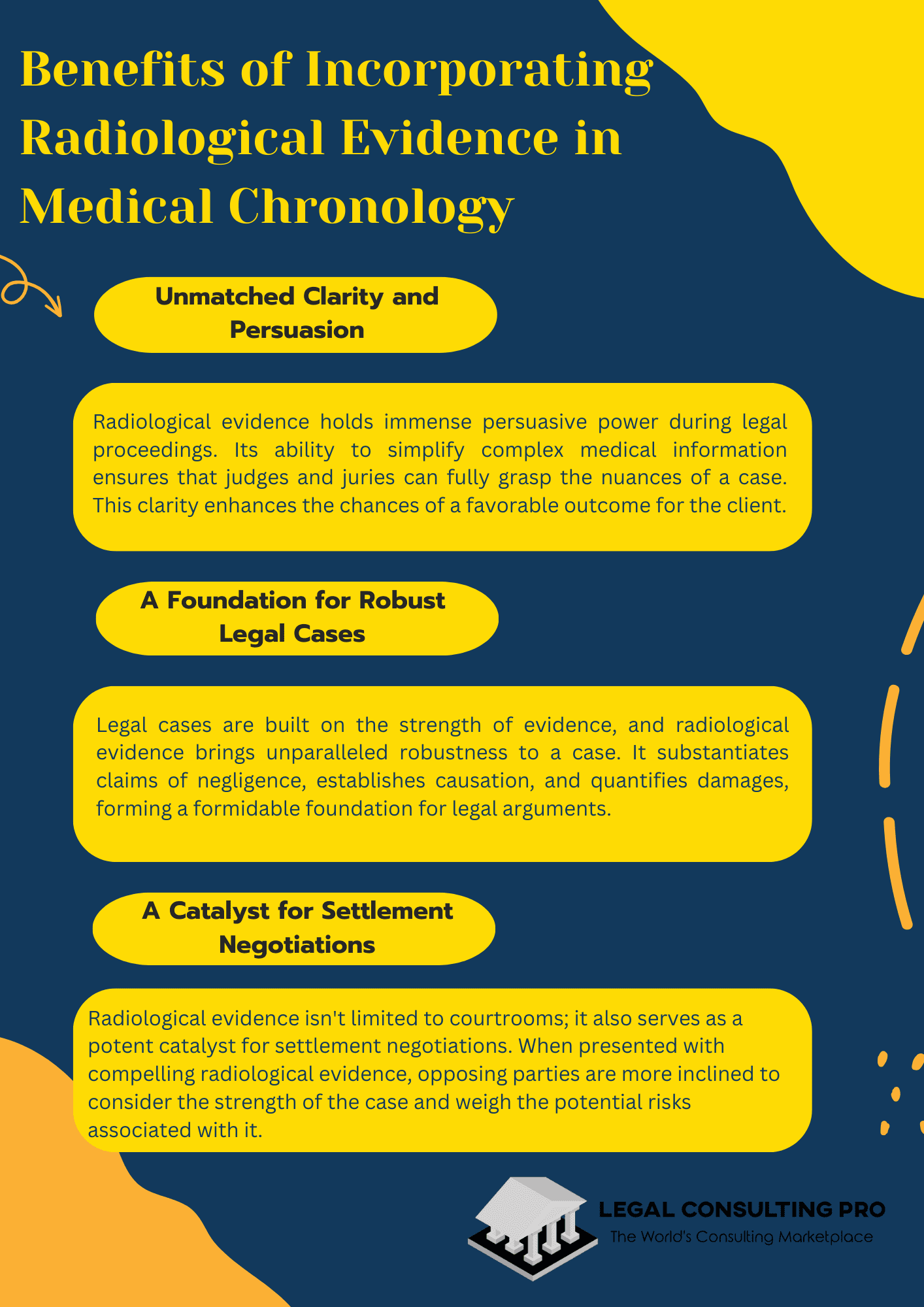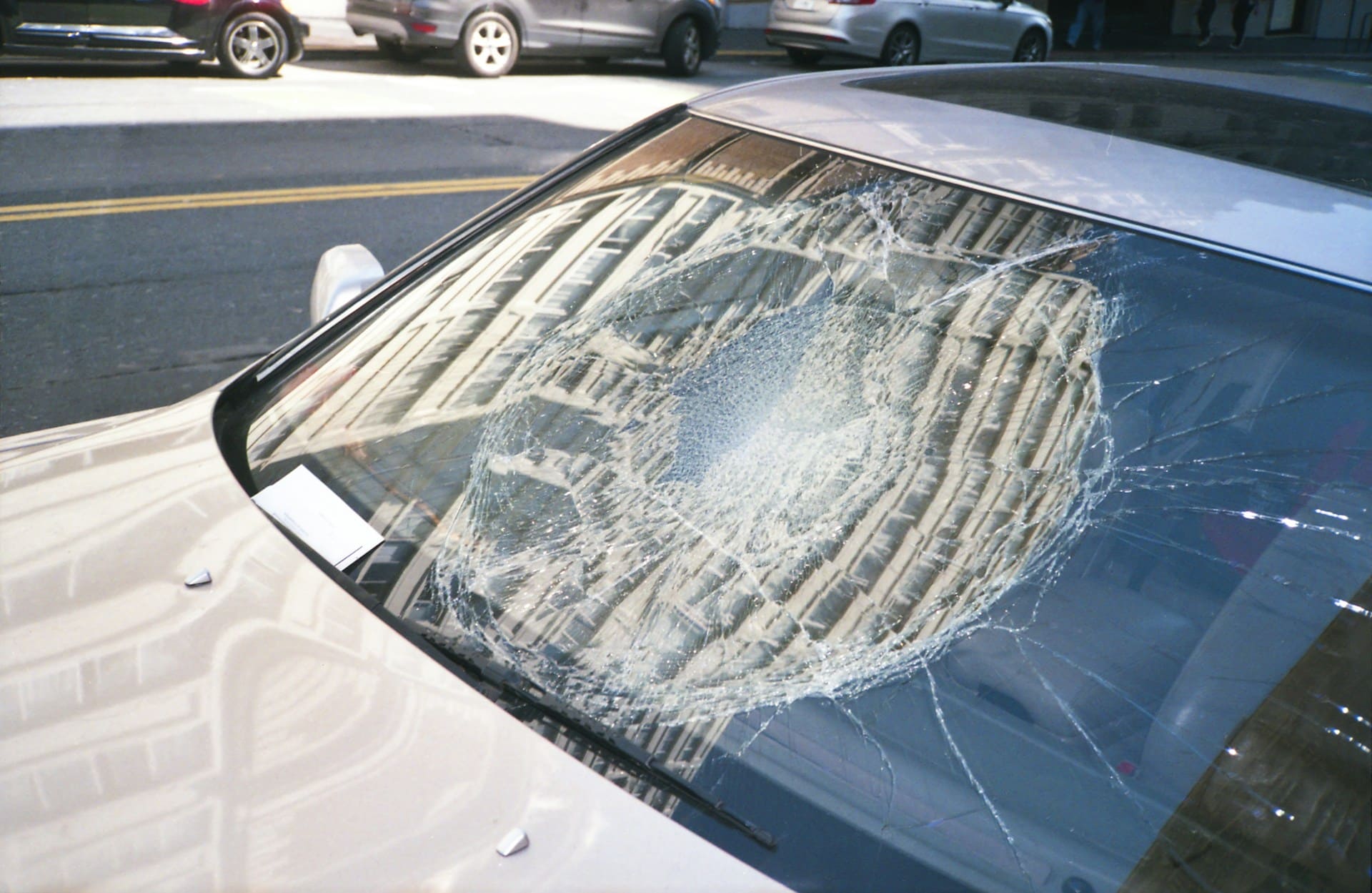In legal proceedings, medical chronology serves as the cornerstone, meticulously chronicling a patient’s medical history and the journey of their treatment. These chronicles are indispensable tools for various stakeholders, including legal consulting pros, insurance companies, and paralegal services. Their significance lies in their ability to establish essential facts and timelines crucial for constructing a robust and persuasive legal case. Amid the various components of medical chronologies, radiology, and medical imaging take the spotlight, offering a nuanced and comprehensive perspective on injuries and medical conditions that can substantially influence the outcome of legal disputes.
Radiology’s Crucial Contribution to Medical Chronology
Radiology, a multifaceted medical discipline encompassing techniques like X-rays, magnetic resonance imaging (MRI), computed tomography (CT) scans, and ultrasounds, plays a pivotal role in medical chronology. Let’s delve deeper into the multifaceted role of radiology:
Irrefutable Evidence of Injury
Legal professionals and paralegal service providers rely on these images to comprehensively grasp the nature and extent of harm suffered by the patient. Radiological images stand as indisputable evidence of injuries or medical conditions. Whether it involves a fractured bone, a soft tissue injury, or an internal ailment, the visual representation offered by X-rays or scans leaves no room for ambiguity.
Meticulous Treatment Documentation
Radiology reports go beyond mere depictions of injuries; they meticulously outline the patient’s treatment journey. This documentation covers everything from surgical procedures to therapeutic interventions, proving invaluable in assessing the appropriateness and effectiveness of the medical care administered. It empowers legal experts and paralegal services providers to delve into the specifics of the treatment plan and evaluate its impact on the patient’s overall well-being.
Tracking Progression and Regression
One of the most compelling aspects of radiology in medical chronology is its capacity to monitor the evolution of a medical condition or injury over time. By incorporating multiple radiological images captured at different stages, a medical chronology effectively illustrates the transformation of a health issue. This not only aids in establishing causation but also provides insights into the repercussions of the condition on the client’s life.
The Strength of Objective Evidence
In a legal context, the strength of evidence often hinges on its objectivity. Radiological findings, devoid of subjective interpretation or bias, provide a robust foundation for legal arguments. They bolster the credibility of the case and leave little room for dispute.
The Seamless Integration Process
Now that we’ve established the pivotal role of radiology in medical chronology, let’s delve into the intricacies of integrating radiological data into these crucial documents. This process is a collaborative effort involving paralegal services and legal professionals:
Compilation of Records
The journey begins with the diligent collection of all pertinent medical records, with a particular focus on radiological reports, images, and other relevant documents. This step forms the backbone of the subsequent chronology-building process.
Systematic Data Organization
The collected records are not haphazardly thrown together but meticulously organized in chronological order. This systematic approach results in a coherent and easily navigable medical chronology, where radiological findings are seamlessly linked with corresponding medical events.
Expert Interpretation
To ensure that radiological data is readily comprehensible to the legal team and, if necessary, to judges and juries, legal professionals and paralegal services providers may seek expert opinions from medical specialists. These experts offer invaluable insights into the significance of radiological findings and their direct relevance to the case at hand.
Visual Representation
Radiological images play a dual role in medical chronologies. Not only do they substantiate claims and provide objective evidence, but they also offer a visual representation of injuries or conditions. These images can be annotated to highlight specific findings, making them even more accessible to non-medical professionals.
Crafting a Compelling Narrative
A medical chronology transcends the role of being a mere collection of documents; it serves as a narrative that narrates the client’s medical journey. A well-constructed chronology explains the significance of radiological findings within the broader context of the legal case, creating a compelling and coherent storyline for the legal team.
Benefits Beyond Measure
The inclusion of radiological evidence in legal medical chronology yields numerous advantages that extend well beyond the confines of the courtroom:
Unmatched Clarity and Persuasion
Radiological evidence holds immense persuasive power during legal proceedings. Its ability to simplify complex medical information ensures that judges and juries can fully grasp the nuances of a case. This clarity enhances the chances of a favorable outcome for the client.
A Foundation for Robust Legal Cases
Legal cases are built on the strength of evidence, and radiological evidence brings unparalleled robustness to a case. It substantiates claims of negligence, establishes causation, and quantifies damages, forming a formidable foundation for legal arguments.
A Catalyst for Settlement Negotiations
Radiological evidence is not limited to courtroom battles; it also serves as a potent catalyst for settlement negotiations. When presented with compelling radiological evidence, opposing parties are more inclined to consider the strength of the case and weigh the potential risks associated with proceeding to trial. This often leads to swifter and more favorable settlements.

In Conclusion
In the intricate world of legal medical chronology, radiology, and medical imaging emerge as indispensable allies. They provide an objective and visually captivating record of injuries and medical conditions, empowering paralegal services and legal professionals to construct unassailable cases on behalf of their clients. As technology continues to advance, radiology is poised to play an even more prominent role in the legal landscape, ensuring the equitable dispensation of justice and the rightful compensation of those who have endured injuries or medical harm. With its undeniable impact on legal outcomes, radiology stands as a testament to the convergence of medicine and the law, where the pursuit of justice is underpinned by the precision of science.
Read More:
Medical Chronology for Social Security Disability Cases: Ensuring Thoroughness












































